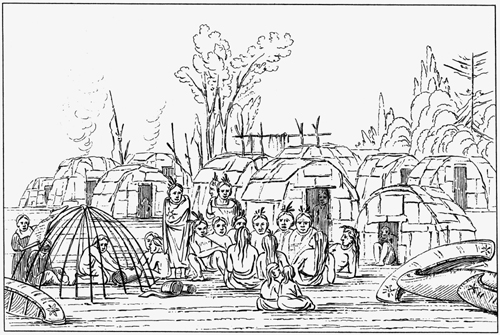The National Park Service has released its final Environmental Impact Statement for the Coldwater Spring/ Bureau of Mines Property, near Fort Snelling. The report is intended to support the Park Service’s decision to keep the property in federal ownership, bolstered in part by statements claiming that “no historical documentation of American Indian use of Camp Coldwater Spring has been found,” (repeated five times in the final EIS, beginning on page 72).
Even by an absurd definition of “historical documentation” that is so narrow that it would exclude oral history and tradition, this is an incorrect statement. Written documentation about the use of the spring and the area around it during the 1820s and 1830s was given to the Park Service three years ago, but is ignored in the final EIS. In response to a number of comments submitted to the government about the accuracy of government statements about Native use of Coldwater Spring, the final EIS merely states: “Comment noted.”

Further analysis and discussion of this final EIS will take place on MinnesotaHistory.net in the days ahead.
The report is available online. Though released on Friday, December 11, 2009, the online version was inaccessible for two days after that. It is now available again, in pdf form at: http://parkplanning.nps.gov/document.cfm?parkID=150&projectId=11443&documentID=30989